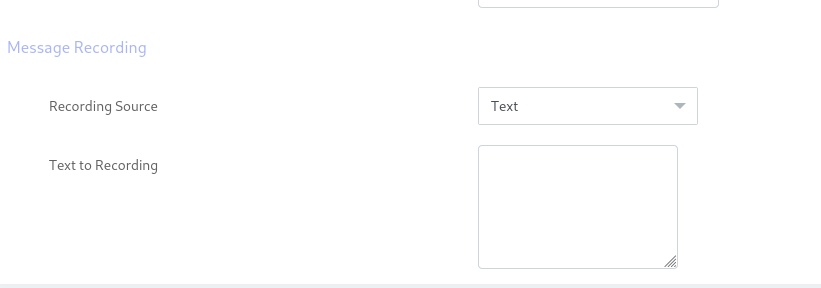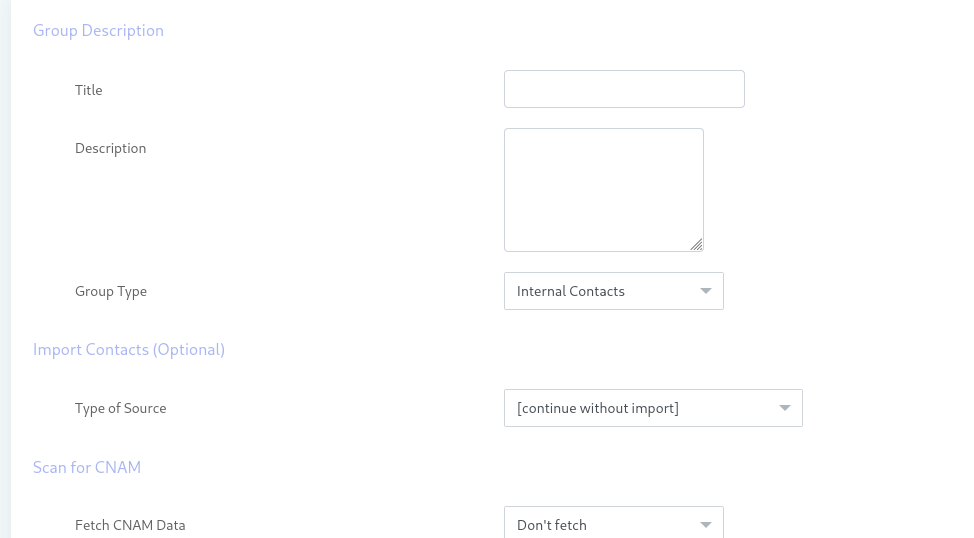In today’s fast-paced business environment, effective communication is crucial for success. Voice broadcasting software has emerged as a powerful tool that can significantly streamline and enhance organizational communication. This article explores how voice broadcasting software works, its benefits, and why it’s becoming indispensable for modern businesses.
What is Voice Broadcasting Software?
Voice broadcasting software is an automated system designed to send pre-recorded voice messages to a large number of recipients simultaneously. Unlike traditional broadcasting methods, which require manual dialing and human interaction, voice broadcasting software automates the entire process. This technology enables organizations to deliver messages efficiently and effectively, making it an invaluable asset for various communication needs.
How Voice Broadcasting Software Works
Voice broadcasting software operates through a combination of telephony and software technologies. Here’s a step-by-step look at how it functions:
- Message Creation: The first step involves creating a pre-recorded voice message. This message could be an announcement, reminder, or promotional content. The recording can be done using professional voice talent or in-house resources.

- Create Contact Group: To efficiently manage and organize your recipients, you need to create contact groups. Contact groups allow you to categorize your audience based on various criteria such as demographics, past interactions, or specific campaigns as well as country/destinations. This segmentation helps in delivering more targeted and relevant messages.

- Import Contacts into Contact Group: After creating contact groups, the next step is to import contacts into these groups. You can upload contact lists from various sources, such as add contact and I nsert it into selected group or via csv file The software facilitates this import process, ensuring that all relevant contact information is accurately included in the appropriate groups.
- Scheduling and Automation: Once the message and contact list are prepared, the software allows you to schedule when the message should be sent. Automation features ensure that messages are delivered at the optimal time without manual intervention.
- Delivery: The software dials out to the recipients and plays the pre-recorded message. It can handle thousands of calls simultaneously, ensuring that all intended recipients receive the message without delay.
- Tracking and Reporting: After the broadcast, the software provides detailed reports on the campaign’s effectiveness. Metrics such as call delivery rates, response rates, and engagement levels help in analyzing the performance of the broadcast.
Benefits of Using Voice Broadcasting Software
Voice broadcasting software offers a range of benefits that can streamline communication within an organization. Here’s a closer look at some of the key advantages:
1. Efficiency and Time Savings
One of the most significant benefits of voice broadcasting software is its efficiency. Traditional methods of communication, such as manual calling, are time-consuming and labor-intensive. Voice broadcasting software automates this process, allowing organizations to send thousands of messages within minutes. This automation saves valuable time and resources, enabling staff to focus on other critical tasks.
2. Cost-Effectiveness
Voice broadcasting software can be a cost-effective solution compared to traditional communication methods. Manual calling often requires a team of operators, which can be expensive. With voice broadcasting software, the cost per call is significantly lower, and there is no need for a large team to handle communications. This reduction in operational costs can lead to substantial savings for the organization.
3. Consistent Messaging
Consistency in communication is essential for maintaining a strong brand image and ensuring that all recipients receive the same information. Voice broadcasting software ensures that the message delivered is uniform and consistent across all recipients. This consistency helps in avoiding miscommunication and reinforces the message’s credibility.
4. Enhanced Reach and Coverage
Voice broadcasting software allows organizations to reach a large audience quickly and efficiently. Whether you need to inform employees about a company-wide update, notify customers of a special promotion, or provide emergency alerts, the software can handle high volumes of calls without delay. This broad reach ensures that your message is delivered to all intended recipients.
5. Improved Customer Engagement
Engaging with customers is crucial for building relationships and ensuring satisfaction. Voice broadcasting software can be used for personalized communication, such as appointment reminders, customer surveys, and follow-up calls. By delivering tailored messages, organizations can enhance customer engagement and improve overall satisfaction.
6. Real-Time Feedback and Analytics
Understanding the effectiveness of communication efforts is essential for continuous improvement. Voice broadcasting software provides real-time feedback and detailed analytics on the performance of campaigns. Metrics such as call completion rates, recipient responses, and engagement levels offer valuable insights into the success of the communication strategy. This data helps in refining future campaigns and making informed decisions.
Choosing the Right Voice Broadcasting Software
Selecting the right voice broadcasting software is crucial for maximizing its benefits. Here are some factors to consider when choosing a solution:
1. Features and Capabilities
Different voice broadcasting software offers varying features and capabilities. Look for a solution that provides features such as message scheduling, recipient segmentation, real-time reporting, and integration with your contact database. Ensure that the software meets your specific communication needs.
2. Scalability
As your organization grows, your communication needs may change. Choose voice broadcasting software that is scalable and can handle increasing volumes of calls and messages. Scalability ensures that the software remains effective as your organization’s requirements evolve.
3. Ease of Use
User-friendly software is essential for ensuring smooth operation and adoption by your team. Look for a solution with an intuitive interface and straightforward setup process. Training and support resources should also be available to assist with any issues or questions.
4. Cost and Budget
Consider the cost of the software and how it fits into your budget. Evaluate pricing models, such as per-call rates or subscription fees, and choose a solution that offers good value for money. Balance cost with the features and benefits provided to ensure a worthwhile investment.
Conclusion
Voice broadcasting software is a powerful tool that can significantly streamline and enhance communication within an organization. By automating the process of sending pre-recorded messages, businesses can save time, reduce costs, and ensure consistent messaging. The software’s efficiency, cost-effectiveness, and ability to reach a large audience make it an invaluable asset for various communication needs.
Whether used for emergency notifications, marketing campaigns, customer service, or internal communication, voice broadcasting software offers numerous benefits that can improve organizational efficiency and effectiveness. When choosing a solution, consider features, scalability, ease of use, and cost to find the right fit for your organization.
Embracing voice broadcasting software can help your organization stay connected, informed, and engaged, ultimately leading to better communication and operational success.
Leveraging Open Source in ICT